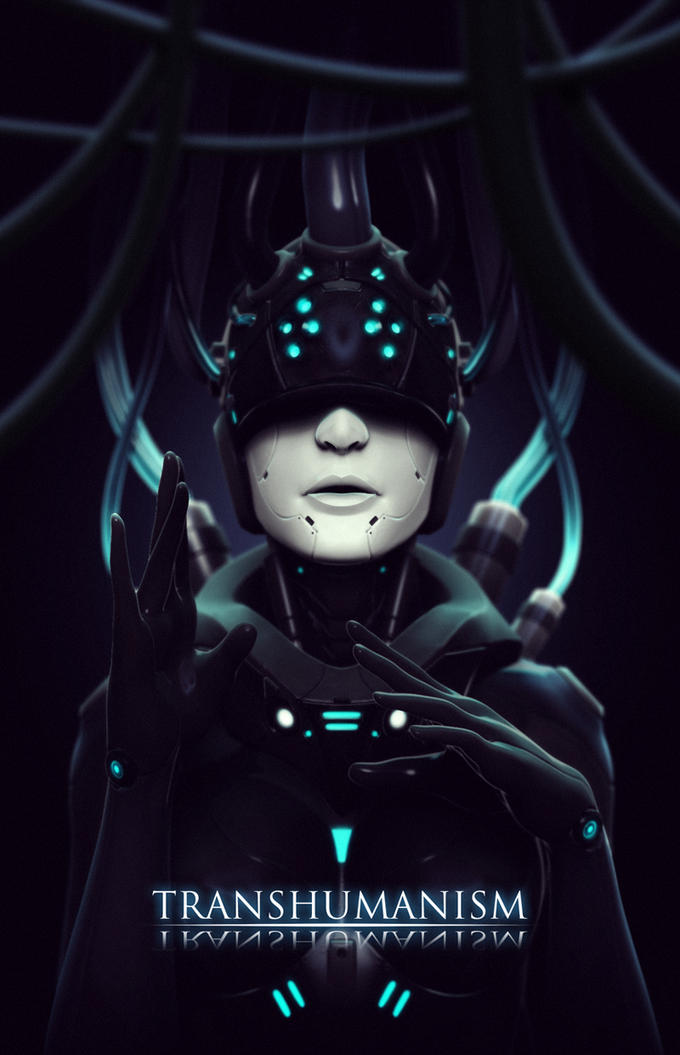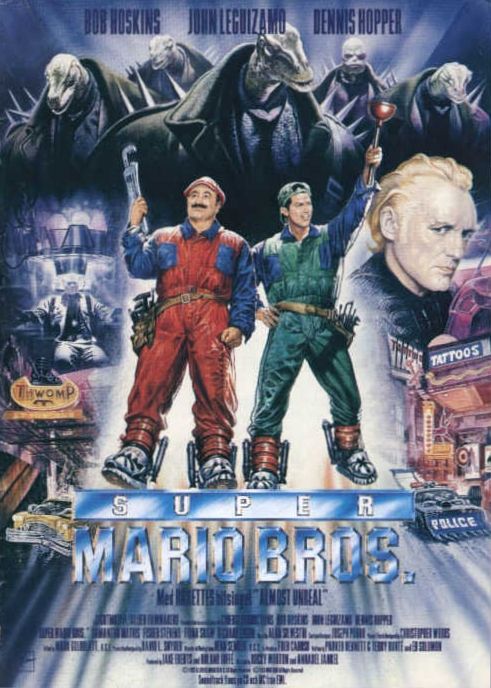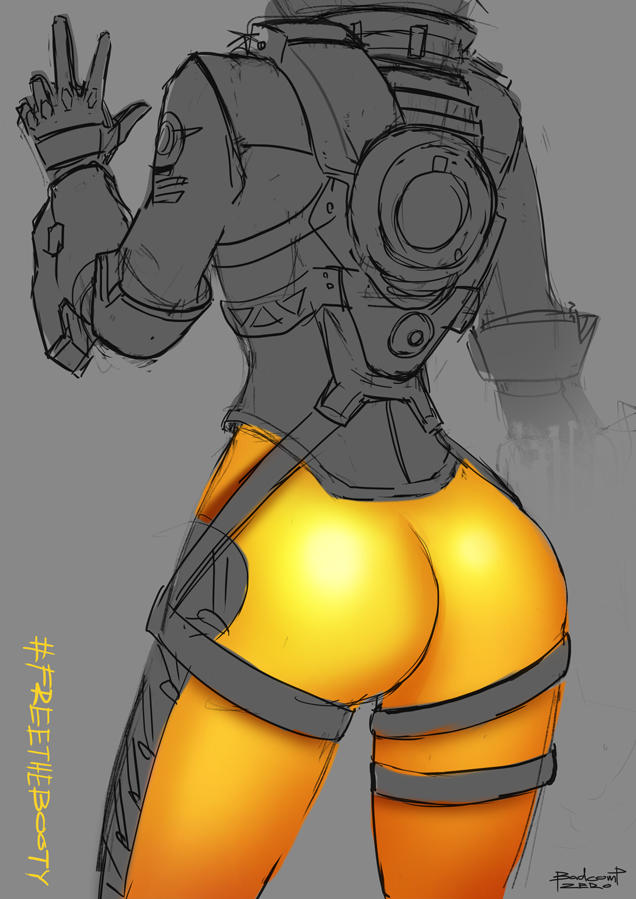![]()
About
Transhumanism is a futurist philosophy and international intellectual movement with the purpose of transforming the human condition through the development of widely available sophisticated technologies to greatly enhance the physical and psychological capacities of humans. Strongly influenced by works of science fiction, the transhumanist vision of a technologically transformed humanity has received a large amount of supporters and detractors from a wide range of backgrounds.
History
The term transhuman was inspired by the term Übermensch which means superman or overman, proposed in the 1883 book Thus Spoke Zarathustra by philosopher Friedrich Nietzsche. This term however referred to individuals whom threw off slave-morality and pursued personal growth and cultural refinement which is significantly divergent from the definition of transhuman. The word transhumanism was first used by Julian Huxley. In Julian Huxley’s 1927 book Religion Without Revelation there is a proposition of a new belief system called transhumanism (described below).
The human species can, if it wishes, transcend itself – not just sporadically, an individual here in one way, an individual there in another way – but in its entirety, as humanity. We need a name for this new belief. Perhaps transhumanism will serve man remaining man, but transcending himself, by realizing new possibilities of and for his human nature.
Turing Test
In 1950 Alan Turing published a paper titled Computing Machinery and Intelligence which put forth the notion of a test to determine if a computer was intelligent. The test is called the imitation game in Turing’s paper and proposes a game where an interrogator would interrogate a human and a computer and if the interrogator could not tell which was which then the computer is deemed intelligent since we judge other people’s intellect by external observation. Notable atheist materialist philosopher of the time Bertrand Russell in reference to the paper said he “enjoyed it very much.” The test has gone on to become an important part of transhumanist culture due to it being a measurable basis for achieving artificial intelligence. A documentary detailing Alan Turing and the origins of the imitation game was released in 2014 called The Imitation Game (trailer shown below). It won an Oscar for best writing and adapted screenplay and was nominated for seven others.
1990
The year 1990 saw multiple advances which strongly influenced transhumanist culture. Max Moore wrote the influential piece Transhumanism: Toward a Futurist Philosophy which is considered by most the basis of modern transhumanist thought and contains the modern description of transhumanism (described below).
Humanism is a eupraxophy or philosophy of life that rejects deities, faith, and worship, instead basing a view of values and meaningfulness on the nature and potentials of humans within a rational and scientific framework. Transhumanism is a class of philosophies that seek to guide us towards a posthuman condition. Transhumanism shares many elements of humanism, including a respect for reason and science, a commitment to progress, and a valuing of human (or transhuman) existence in this life rather than in some supernatural “afterlife”. Transhumanism differs from humanism in recognizing and anticipating the radical alterations in the nature and possibilities of our lives resulting from various sciences and technologies such as neuroscience and neuropharmacology, life extension, nanotechnology, artificial ultraintelligence, and space habitation, combined with a rational philosophy and value system.
That same year on September 14th, the first gene therapy trial was performed on a four-year old girl. She had adenosine deaminase (ADA) deficiency so some of her white blood cells were removed, had the correct genes for ADA injected into them, and were then reinjected into her. Dr. W. French Anderson developed this clinical trial while working at the National Heart, Lung, and Blood Institute. This helped pave the way for future genetic engineering which is a core focus of transhumanists. That same year, the first web page was posted on the internet. The internet has served both as a hub for transhumanist supporters to mingle and as a focus for transhumanist culture in regards to its applications in virtual reality and immortalization by means of uploading one’s consciousness to the internet.
![]()
Reception
Transhumanism has grown to be a popular subject in science fiction and futurist websites.
Sites
Vice’s Motherboard news blog is a popular blog which devotes a large portion of its news to future-related transhumanist topics and technologies. Their related Motherboard YouTube channel has 671k subscribers and 65 million total views. Psychology Today is a scholarly blog devoted to cutting-edge psychology which has naturally led to them focusing strongly on robots and artificial intelligence. The Future Timeline is a popular transhumanist site with an active forum community which documents a regularly updated timeline of events predicted to happen in the future.
![]()
Literature
Isaac Asimov’s science fiction series Foundation has become a core influence in transhumanist culture. It explains the unique story of how a scientist named Hari Seldon invented a new branch of mathematics called psychohistory able to predict the actions of large groups.
![]()
Dr. Manhattan from Alan Moore’s The Watchmen comic book series has become a notable icon of transhumanism. Throughout the comics, Dr. Manhattan is depicted as a sophisticated scientist who as the series progresses grows more remote and distanced from everything to the point of not seeing a difference between life and death.
![]()
Fandom
Fan Art
![]()
![]()
![]()
![]()
![]()
![]()
Videos
Related Subcultures
Virtual Reality
Virtual Reality (VR) is a computer-generated simulation of an interactive 3D environment, either realistic or fabricated. Simulations are typically navigated using headsets and other devices that allow users to move freely in the environment or create a variety of sensory experiences. The earliest known VR-style device was created in 1962 by inventor Morton Heilig, who built the Sensorama machine allowing users to view several short films while stimulating their sense of sound, smell and touch simultaneously.
![]()
Robots and Artificial Intelligence
Robots are automated mechanical entities often created to either resemble an organic organism, or to perform a specific function that would normally be carried out by an organic organism. An artificial intelligence is any software that exhibits intelligence derived from computer processing power. It is distinguished from natural intelligence due to the fact that it is stimulated by man-made machines.
![]()
The Internet
The Internet is a system of interconnected computer networks linking billions of machines worldwide using the TCP/IP Internet protocol suite. The internet has served both as a hub for transhumanist supporters to mingle and as a focus for transhumanist culture in regards to its applications in virtual reality and immortalization by means of uploading one’s consciousness to the internet. Use of the Internet in the West expanded rapidly throughout the 1990s, growing over 100x within two decades. Throughout the 1960s and 1970s, numerous packet switching networks were developed, including Tymnet, Telenet and the eventual forerunner of the Internet, ARPANET. In 1990, ARPANET was decommissioned and the first web page was posted on the internet.
![]()
3D Printing
3D Printing is the practice of creating objects from three-dimensional digital models. A core technology discussed in transhumanist culture is 3D bioprinting which is slowly developing from 3D printing. Online communities have arisen for 3D printing enthusiasts, including open-source databases where digital models can be downloaded, including Makerbot’s Thingiverse and Defense Distributed’s DEFCAD.
![]()
The Matrix
The Matrix is an American science fiction film about a computer hacker who learns some hard truths about his own reality. The film has heavily influenced and spread transhumanist culture through its depictions of futuristic technology, artificial intelligence, and fully immersive virtual reality simulations. It is the first film in The Matrix trilogy. The Matrix was released on March 31st, 1999. The film stars Keanu Reeves as computer hacker Neo, Laurence Fishburne as Morpheus, Neo’s teacher of sorts, and Carrie-Anne Moss as Trinity, Neo’s love interest.
![]()
Deus Ex
Deus Ex is a cyberpunk-themed action role playing video game franchise set in the 21st century, where secret societies are fighting for power and control over world, and various types of body augmentation are being practiced. The series is widely known around the internet’s video gaming communities and delves into numerous transhumanist concepts of the ethics of future technology and how it can be applied to overcome human limitations (discussed below). It has its own Wikia and /r/deusex sub-reddit on Reddit. The original game in particular has a large following, and is often regarded as one of the best games of all time. It has a large modder community, with mods ranging from bugfixes and graphic overhauls to total conversions, to be found on sites such as ModDB.
Star Trek
Star Trek is an American science fiction franchise created in 1966 by Gene Roddenberry. It showed a strong favoritism of transhumanism with its numerous showcases of the benefits of advanced technology and Spock’s memetic saying “live long and prosper” which further compliments the philosophy. The franchise began with a television show that aired on NBC from 1966 until its cancellation in 1969. From there, it gained a massive cult following, ballooning into a larger pop culture phenomenon, through a variety of outlets including four other live action TV series, an animated series, video games, books, and eleven feature films, with a twelfth in production.
![]()
Futurama
Futurama is an animated TV series based around the main protagonist Philip J. Fry, a pizza delivery boy from the 20th century who was cryogenically frozen for 1000 years, and his adventures in the future. It has thoroughly delved into transhumanist culture with its references to The Matrix, complex scientific jokes, and depictions of future technology often discussed in transhumanist culture. At the same time, Futurama has been observed to be a strong argument against the teachings of transhumanism by the PBS Idea Channel (shown below). The show was created by Matt Groening and David X. Cohen for the Fox Broadcasting Company. Besides Fry, the main cast includes Turanga Leela, Bender Bending Rodríguez, Professor Hubert Farnsworth, Hermes Conrad, Doctor John A. Zoidberg and Amy Wong, with a secondary cast of Zapp Brannigan, Kif Kroker, Nibbler and Scruffy.
Related Memes
The Singularity
The Singularity, sometimes referred to as “the technological singularity”, is a hypothetical future event in which technological progress will supposedly begin to occur at a near vertical rate. It is often associated with the “intelligence explosion” event, which would result in artificial intelligence systems improving recursively until they become superhuman intelligent beings.
![]()
Search Interest
External References

































































